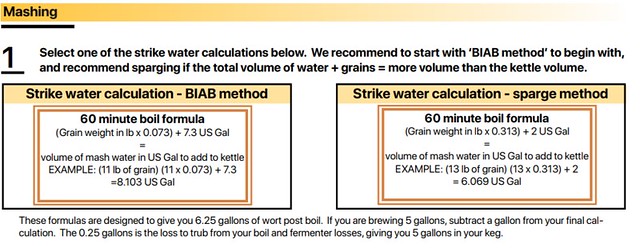Miles_1111
Well-Known Member
- Joined
- Mar 5, 2017
- Messages
- 166
- Reaction score
- 20
I have recently started with BIAB and have brewed 4 batches, two low alcohol ( 2 pale ales of 6% and 5.3%) and two high alcohol ( wee heavy 8.6% and barleywine 10.3%). However, I notcied my mash efficiency is different between them. For two low alcohol batches it is around 77%, but for two high alcohol batches is about 67%. I did not change the gap between the grind and used the same method, using Beersmith to calculate the water-to-grist ratio and mashing temperature. Is this difference normal? If yes, I should change the mash efficiency in the profile before each brew in the future? Thank you. Cheers.


 Screenshot 2020-12-02 110102
Screenshot 2020-12-02 110102




















![Craft A Brew - Safale S-04 Dry Yeast - Fermentis - English Ale Dry Yeast - For English and American Ales and Hard Apple Ciders - Ingredients for Home Brewing - Beer Making Supplies - [1 Pack]](https://m.media-amazon.com/images/I/41fVGNh6JfL._SL500_.jpg)


































